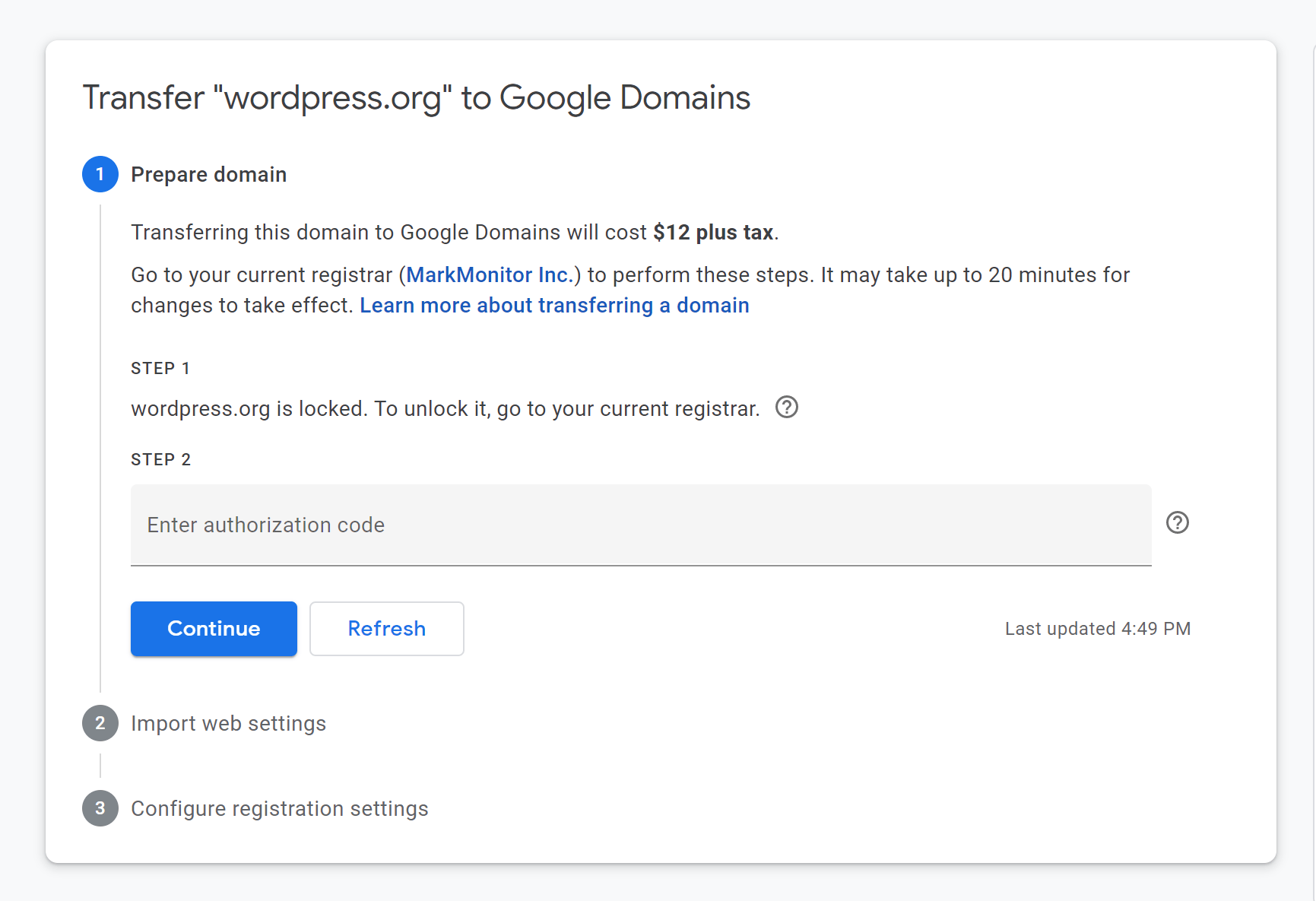Fixing SQL Server's Invalid Column Name Issue
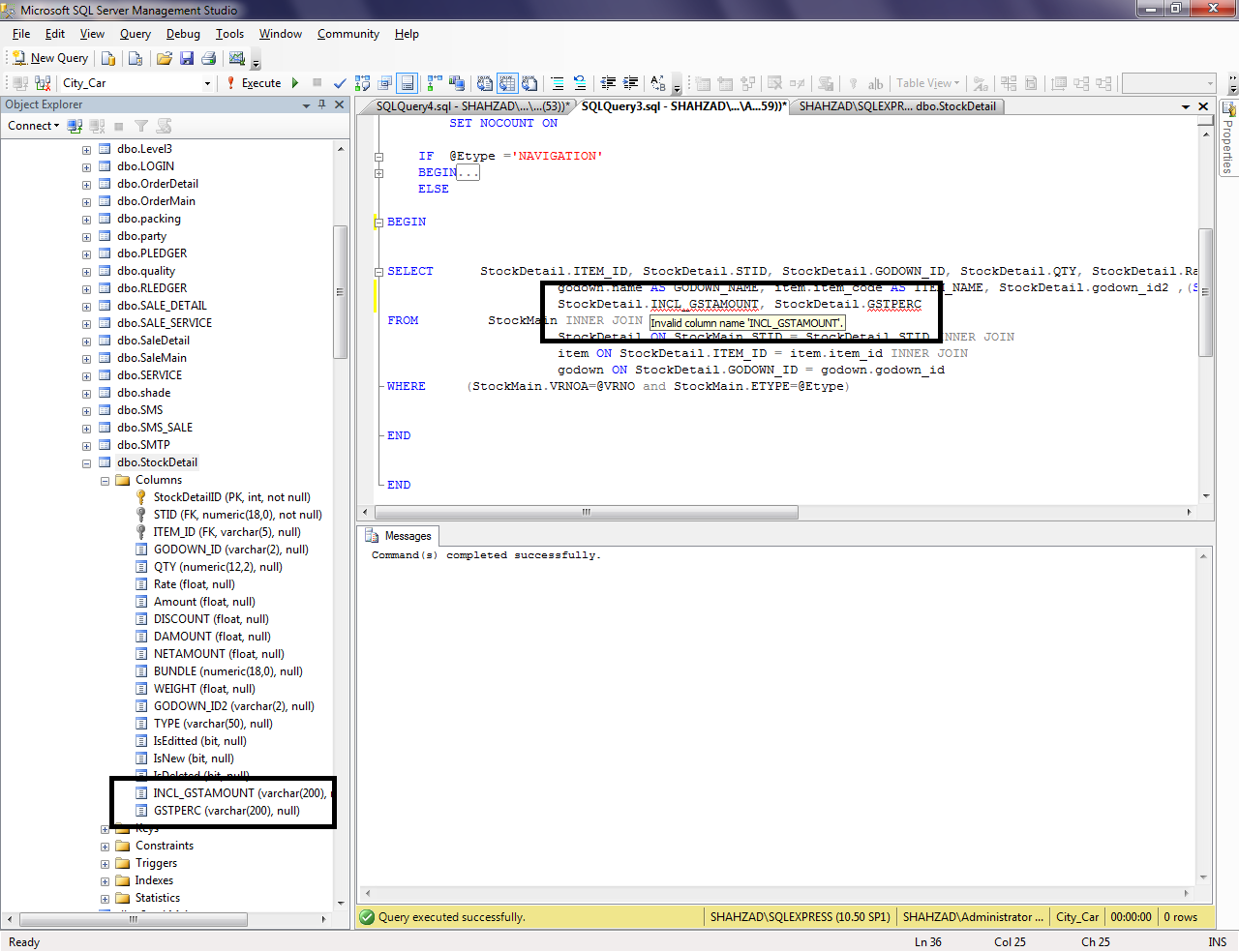
SQL Server, a robust relational database management system, is widely utilized for its efficiency and scalability. However, users often encounter the frustrating Invalid Column Name error, which can halt progress and leave them perplexed. This error message typically arises when the database system cannot recognize the specified column name, often due to a misspelling or an attempt to reference a column that does not exist in the table. In this comprehensive guide, we will delve into the causes of this issue, explore effective troubleshooting methods, and provide practical strategies to prevent future occurrences.
Understanding the Invalid Column Name Error
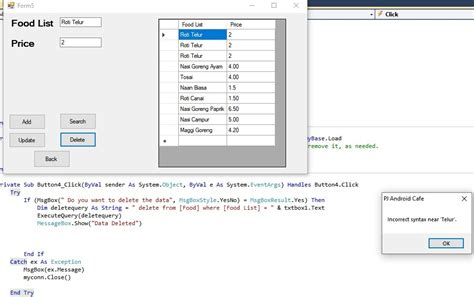
The Invalid Column Name error in SQL Server is a common pitfall that can occur when executing queries. It signifies that the database engine is unable to locate the specified column within the queried table. This issue can stem from various factors, including:
- Misspelled Column Names: One of the most common causes is a simple typo in the column name. SQL Server is case-sensitive, so even a slight mistake can lead to this error.
- Dynamic SQL: When working with dynamic SQL, it's crucial to ensure that column names are properly parameterized to avoid injection attacks. Neglecting this can result in an Invalid Column Name error.
- Changed Table Structure: If the table's structure has been altered, and the query references an outdated column name, the error will arise. This often happens when the schema has evolved over time.
- Unsynced Data Sources: In cases where data is pulled from multiple sources, an outdated data source or a missing column in one of the sources can trigger this error.
Troubleshooting Strategies
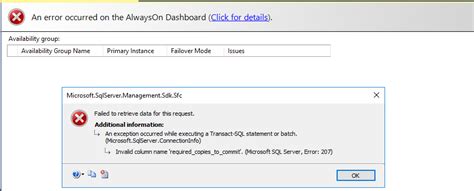
When faced with the Invalid Column Name error, a systematic approach is key to a swift resolution. Here are some steps to troubleshoot the issue effectively:
1. Review the SQL Query
Begin by scrutinizing the SQL query for any typos or errors. Double-check the spelling of column names and ensure they match the table’s schema. Case sensitivity is crucial, so pay attention to uppercase and lowercase letters.
2. Validate Table Structure
Use the sp_help stored procedure or the sys.columns system view to examine the table’s structure. This will provide a clear list of existing columns, helping you identify any discrepancies.
Example code snippet:
SELECT name FROM sys.columns WHERE object_id = OBJECT_ID(‘YourTableName’)
3. Check for Schema Changes
If the table’s schema has undergone modifications, ensure that your query reflects these changes. Outdated column names will trigger the error. Stay synchronized with the latest schema.
4. Inspect Data Sources
In scenarios involving multiple data sources, verify that all sources are up-to-date and aligned. Missing or outdated columns in one source can lead to the error. Ensure data consistency across sources.
5. Dynamic SQL Parameterization
If you’re working with dynamic SQL, always parameterize column names to prevent injection attacks. Use stored procedures or parameterized queries to secure your code.
6. Error Handling and Logging
Implement robust error handling and logging mechanisms. This aids in identifying the root cause of the error and facilitates faster resolution. Log errors for future reference and analysis.
Preventive Measures
While troubleshooting is essential, preventing the Invalid Column Name error from recurring is equally crucial. Here are some strategies to minimize future occurrences:
1. Maintain Code Quality
Enforce code reviews and adhere to best practices. Regularly inspect and refactor code to ensure accuracy and readability. This minimizes the likelihood of errors creeping in.
2. Version Control and Documentation
Implement version control systems like Git to track changes in your code and database schema. Document schema changes and query modifications to maintain a clear audit trail.
3. Automated Testing
Utilize automated testing frameworks to validate your SQL queries. This ensures that queries remain functional even as the schema evolves.
4. Database Schema Monitoring
Set up monitoring tools to receive alerts when database schema changes occur. This helps you stay proactive and adapt your queries accordingly.
5. Secure Dynamic SQL
When working with dynamic SQL, prioritize security. Parameterize queries and employ stored procedures to prevent injection attacks and potential errors.
Real-World Example
Let’s illustrate these concepts with a practical scenario. Imagine a scenario where a developer is working on a web application that pulls data from a SQL Server database. The application has been in development for a while, and the database schema has undergone multiple changes.
The developer, unaware of the recent schema changes, runs a query that references an outdated column name. The query fails, returning the Invalid Column Name error. Upon investigating, they discover that the column name they referenced no longer exists in the table.
By following the troubleshooting steps outlined above, the developer can quickly identify the issue. They update their query to reflect the current schema, ensuring that the column name is accurate. This simple fix resolves the error, allowing the application to function as intended.
In this scenario, the developer's proactive approach to troubleshooting and their understanding of SQL Server's behavior allowed them to resolve the issue efficiently. By maintaining a solid grasp of the database's dynamics and staying up-to-date with schema changes, developers can avoid such errors and maintain the smooth operation of their applications.
Performance Considerations
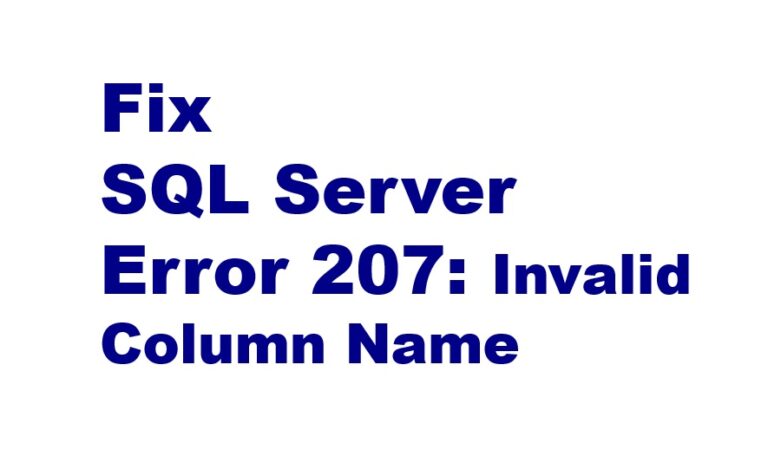
While troubleshooting and prevention are crucial, it’s equally important to consider the performance implications of your SQL queries. Here are some performance optimization tips to keep in mind:
- Indexing: Ensure that your tables have appropriate indexes to speed up query execution. Analyze query plans to identify potential performance bottlenecks.
- Query Optimization: Utilize SQL Server's query optimizer to generate efficient execution plans. Review and refine your queries for optimal performance.
- Batch Processing: When dealing with large datasets, consider batch processing to improve efficiency. Batches can be processed in parallel, enhancing overall performance.
- Stored Procedures: Leverage stored procedures for complex queries. This not only improves performance but also enhances security and maintainability.
Conclusion
The Invalid Column Name error in SQL Server can be a hindrance, but with a systematic approach and the right strategies, it can be efficiently resolved. By understanding the root causes, employing effective troubleshooting methods, and implementing preventive measures, developers can ensure smooth database operations. Additionally, considering performance optimization techniques ensures that SQL queries run efficiently, enhancing the overall user experience.
FAQ
What is the most common cause of the Invalid Column Name error in SQL Server?
+
The most common cause is a simple typo in the column name. SQL Server is case-sensitive, so even a slight mistake can lead to this error.
How can I prevent the Invalid Column Name error in my SQL queries?
+
To prevent this error, ensure your code undergoes regular reviews and adheres to best practices. Maintain version control and documentation to track changes. Additionally, use automated testing to validate your queries, and stay updated with the latest schema changes.
What tools can I use to monitor and troubleshoot SQL Server performance issues?
+
SQL Server provides several tools for monitoring and troubleshooting performance issues. These include SQL Server Management Studio (SSMS), SQL Server Profiler, and Extended Events. Additionally, third-party tools like Red Gate’s SQL Monitor and SolarWinds Database Performance Analyzer offer advanced monitoring and troubleshooting capabilities.



